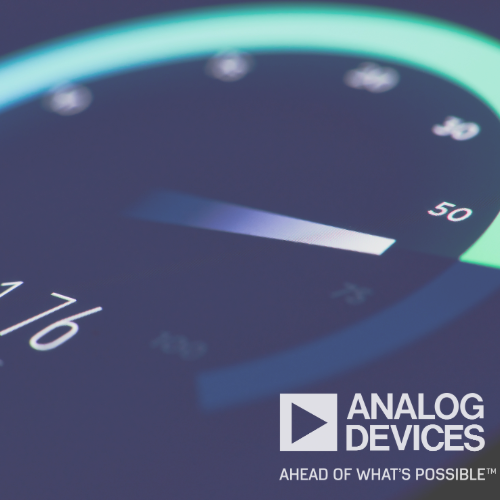One prevalent approach for determining the tilt or inclination of a system involves integrating the output of a gyroscope. While this method is direct, errors associated with null bias stability can accumulate rapidly with an extended integration period, leading to apparent rotation even when the device is at rest.
In certain applications, particularly where the net force or acceleration acting on a system over time is gravity, an accelerometer emerges as a viable tool for measuring static tilt or inclination angles. Examples of such applications encompass gaming, horizon detection in digital cameras, and determining the heading of a device in industrial and medical settings.
In inclination sensing using an accelerometer, the fundamental assumption is that the sole acceleration stimulus is gravity. To accommodate real-world scenarios, signal processing can be applied to the output signal, removing high-frequency content. This allows some alternating current (ac) acceleration to be tolerated.
The methodology in inclination sensing relies on the gravity vector and its projection on the accelerometer's axes to ascertain the tilt angle. Since gravity represents a direct current (dc) acceleration, any additional forces resulting in a supplementary dc acceleration can corrupt the output signal, leading to inaccuracies. Sources of dc acceleration include periods when a vehicle undergoes constant acceleration and rotating devices imposing centripetal acceleration on the accelerometer. Moreover, rotating an accelerometer through gravity induces an apparent ac acceleration as the projection of gravity on the relevant axes changes. Filtering the acceleration signal before inclination calculation impacts how swiftly the output settles to the new static value.
This application note delves into the fundamental principles of converting accelerometer output to inclination angles. It provides insights into calculating the ideal inclination angle for single-axis, dual-axis, or triple-axis solutions. Additionally, foundational information on calibration is included to mitigate errors arising from offset and sensitivity mismatches.
